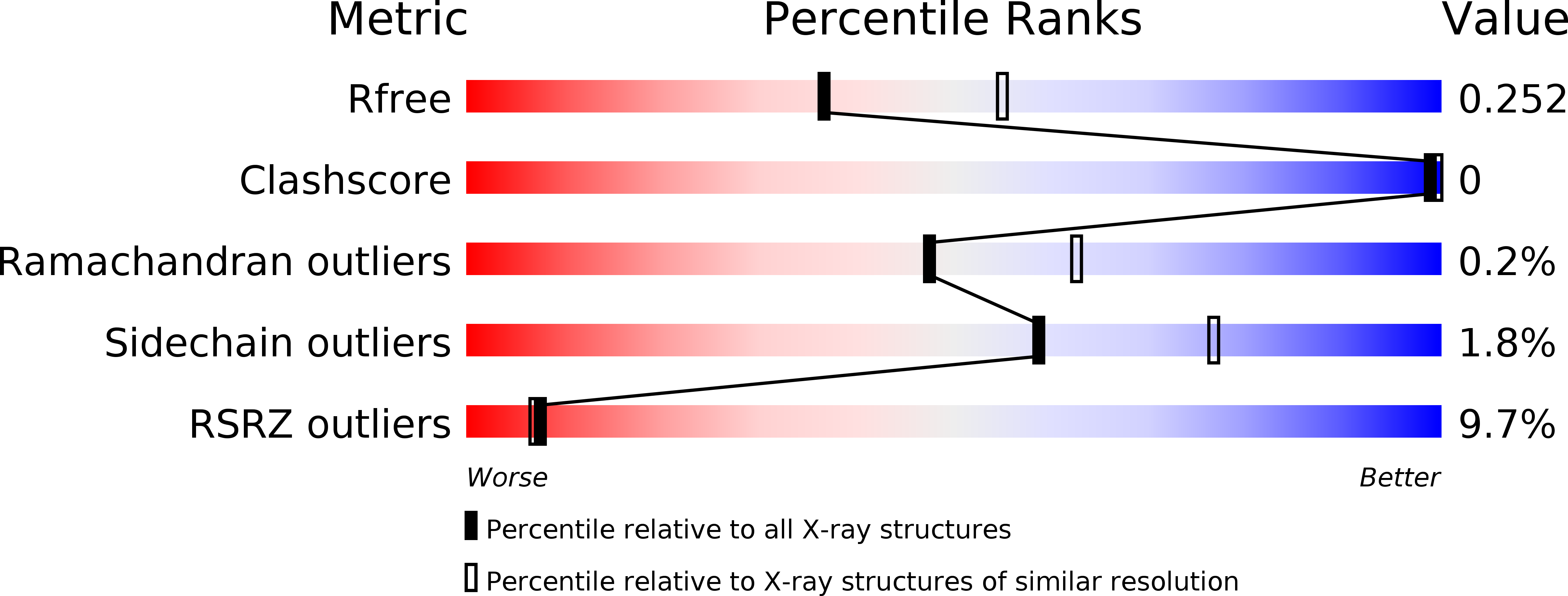
Deposition Date
2017-12-22
Release Date
2018-06-13
Last Version Date
2024-10-23
Entry Detail
PDB ID:
6BZ4
Keywords:
Title:
Human IgG1 lacking complement-dependent cytotoxicity: hu3S193 Fc mutant K322A
Biological Source:
Source Organism:
Homo sapiens (Taxon ID: 9606)
Host Organism:
Method Details:
Experimental Method:
Resolution:
2.40 Å
R-Value Free:
0.24
R-Value Work:
0.21
R-Value Observed:
0.21
Space Group:
P 21 21 21


